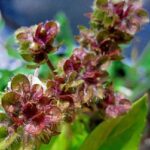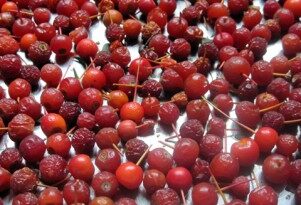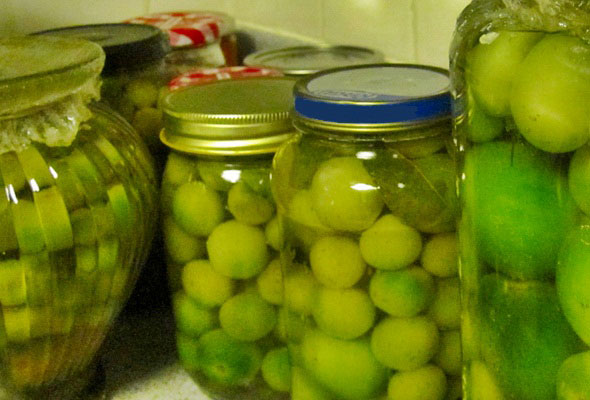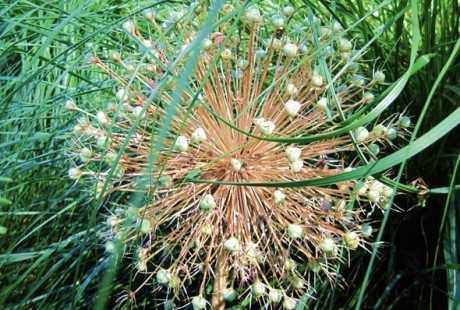nature’s healers
The healing powers attributed to calendulas make even trained herbalists roll their eyes sometimes.
No, it’s not the universal botanical remedy, but it’s definitely a staple of the natural healing arsenal.
Calendula contains antiseptic, anti-inflammatory, vulnerary and emollient compounds, and it’s safe to ingest, which puts it in the elite group of herbs that can do no harm, next to chamomile and lavender.
Externally calendula helps heal wounds and bruises, and its emollient qualities reduce inflammation and restore elasticity to thin and damaged skin, which makes it an ideal remedy for eczema.
Internally it coats mucous membranes and acts as a balm over ulcers and irritated tissue.
It also supports the lymphatic system in flushing toxins and edema, especially in cases where the lymph nodes are swollen due to chronic infections.
My grandfather used to swear by calendula tea to soothe his peptic ulcer; calendula is recommended even by allopathic medicine, in concert with antibiotics, as a treatment for this ailment.
In fact it helps ease all gastrointestinal inflammation, from GERD to IBS and, like all bitter herbs, improves bile function.
The only parts used, both internally and externally, are the petals. Harvest the flowers in the morning, after the sun dried up the dew, and place them on a rack, in one layer, to dry. The dry petals can be used whole for teas, poultices, infused oils and tinctures, or ground into a powder and mixed in creams and ointments.




 Previous Post
Previous Post Next Post
Next Post




